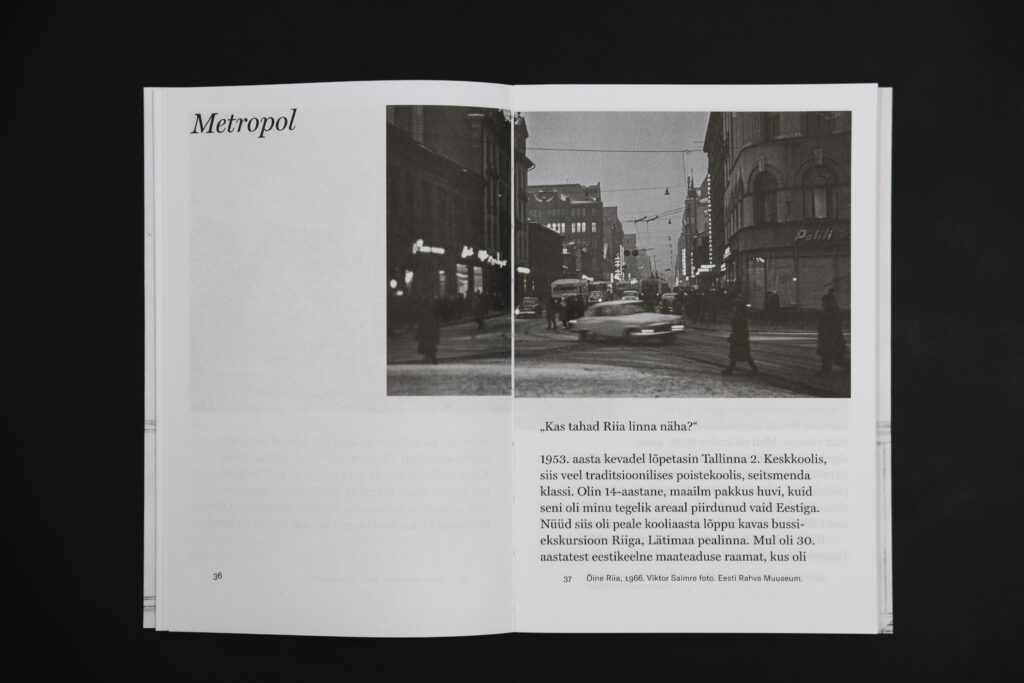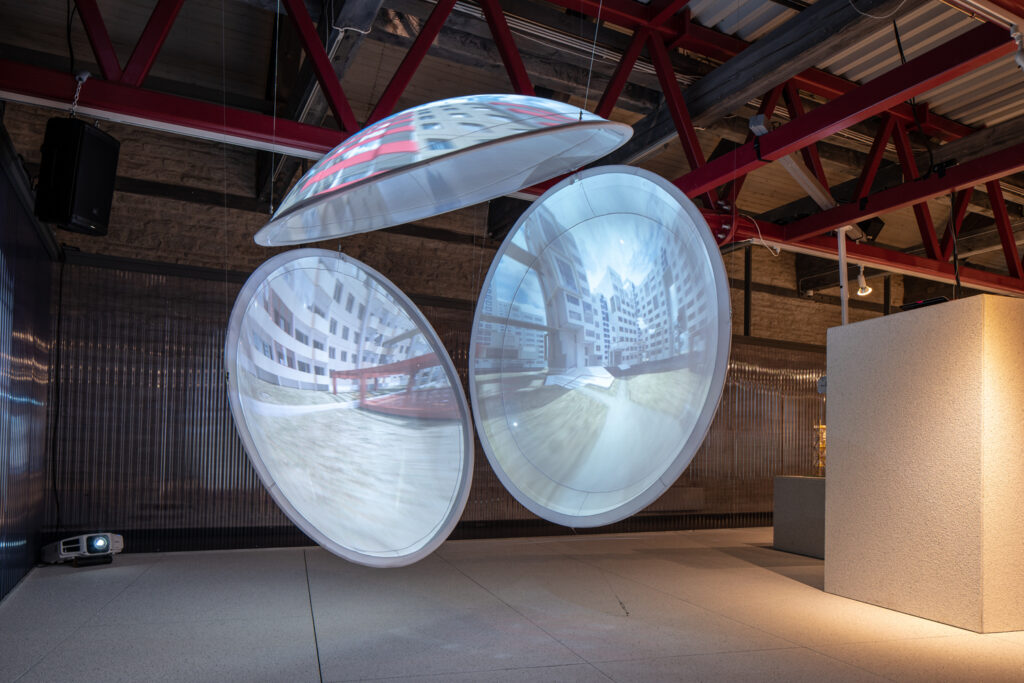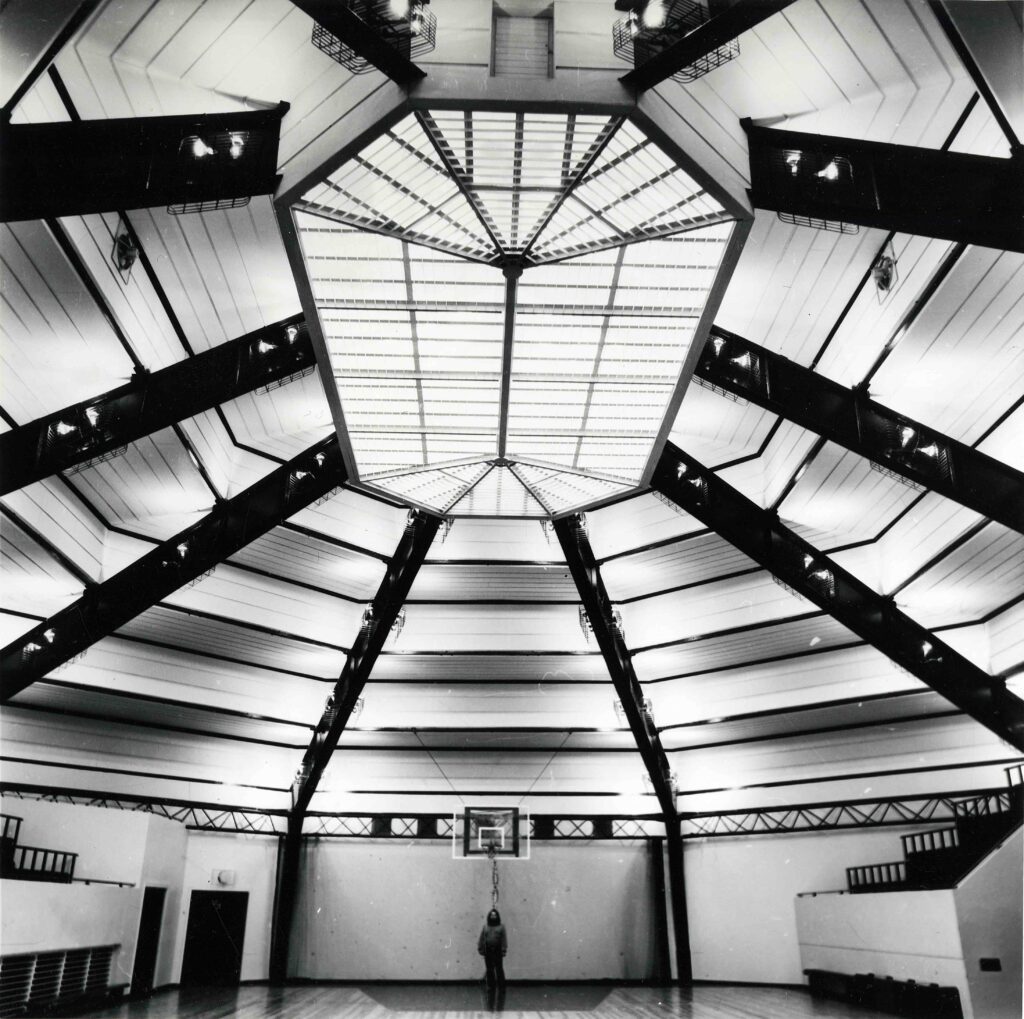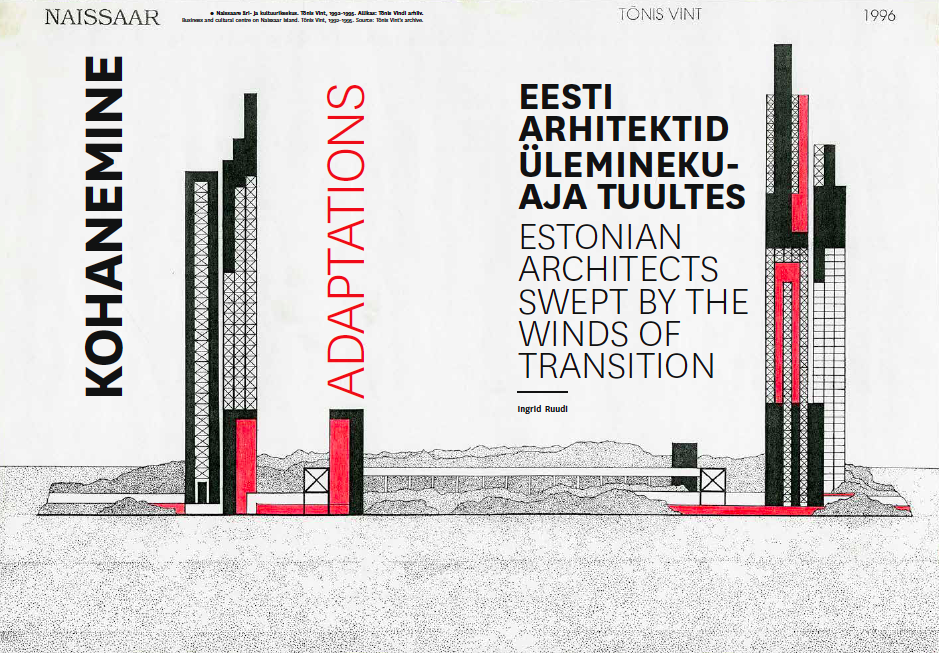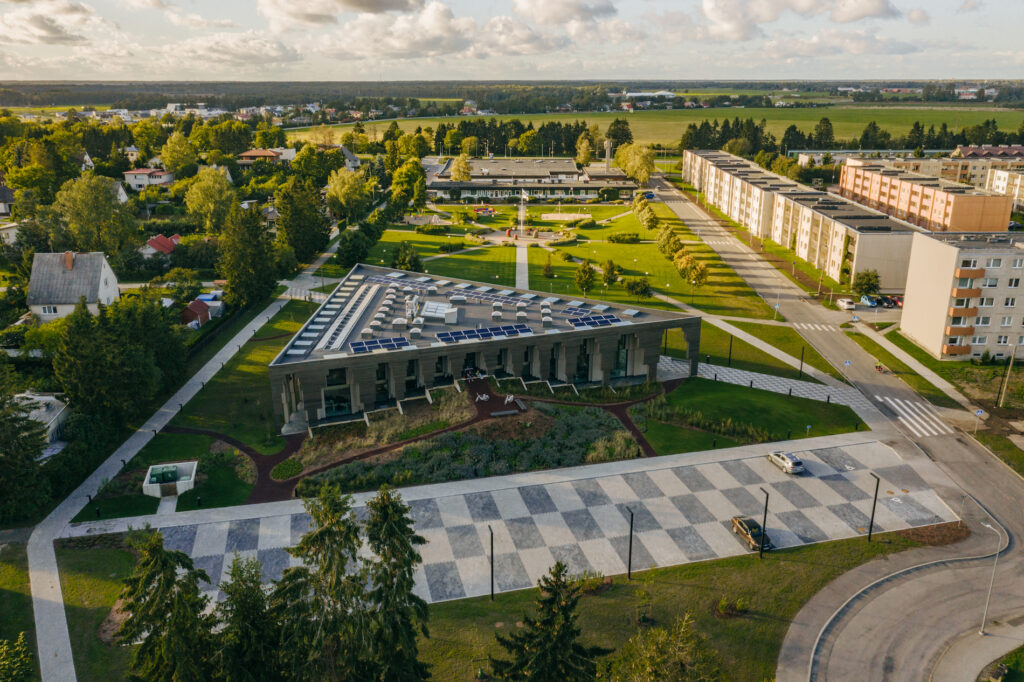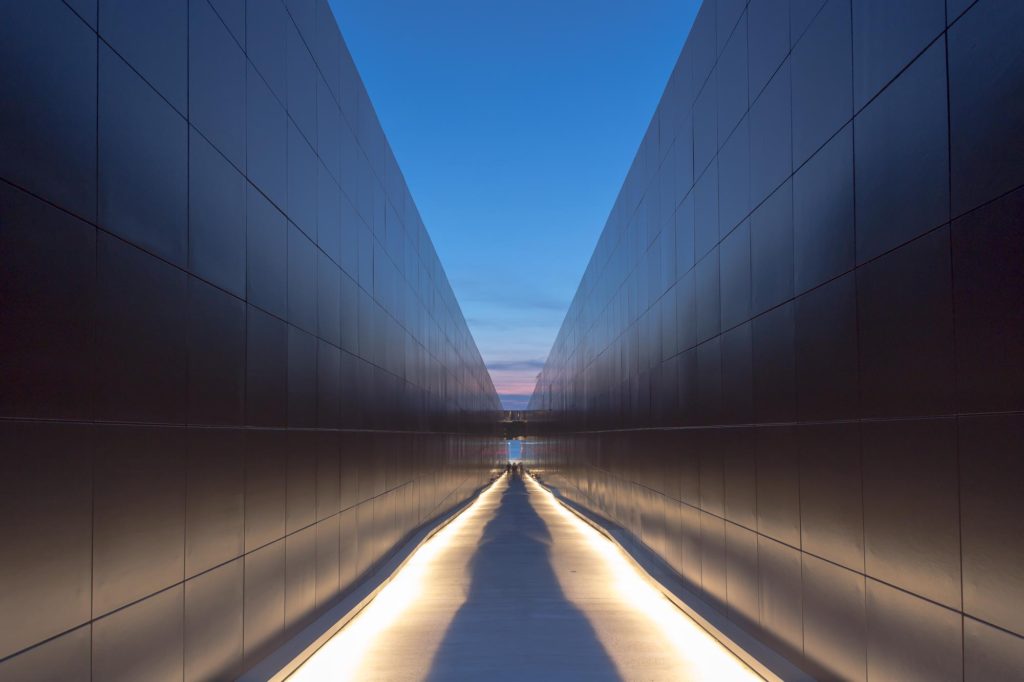Architect Leonhard Lapin, 1977.
Ingrid Ruudi discusses architects’ relationship with time and the various ways in which architects in their later years record their doings as history.
Vallikraavi street that winds below the slopes of Toome Hill in Tartu will get three new capacious apartment buildings this year, doubling the number and area of living spaces on this short street that has merely a couple dozen houses altogether. Systemic densification of old towns enhances the possibilities of urban life and helps to save energy through more economical mobility.
The group exhibition, The Houses We Need at Estonian Museum of Architecture (11.06-21.11.2021) showcases 16 commissioned designs for houses ‘with the aim of ensuring a more beautiful, secure and peaceful future on planet Earth’.
Photo Essay: interior architect Aulo Padar 80.
Little was built following the re-establishment of Estonian independence in the early 1990s, however, the debates held and practices established largely came to set the foundations for the dominant issues in the architectural field in the past decades.
Against the backdrop of these phenomena, the wasteland paradigm shifted for us: the derelict and polluted areas around the city were like symbols of negative change in the environment with traces og bygone natural habitats or normal human activity, remains of stratified time, soul from different periods of Estonian life.
Maja's summer edition soon available!
Each public competition and design carries in itself both potential and responsibility to make a contribution to the spatial environment surrounding the building.
The minimalist grandeur and archetypal imagery of the memorial engage the viewer up to a point of awe.
No more posts
ARCHITECTURE AWARDS



